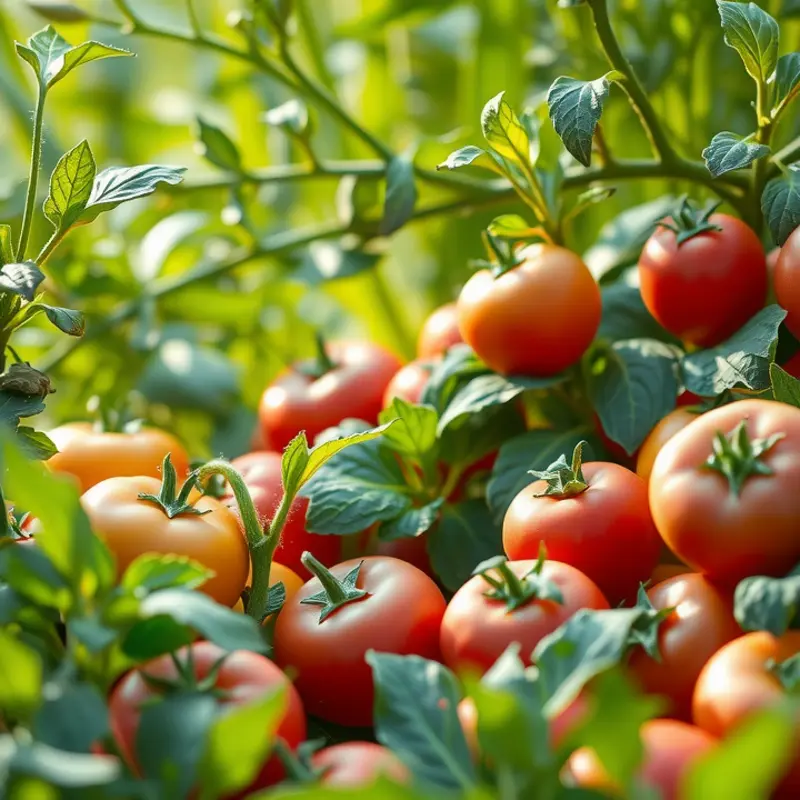Food has a profound impact on our emotions and well-being, yet our pursuit of perfection can often hinder enjoyment and connection. Accepting food imperfections is not just about the meal on our plates; it’s about nurturing a mindset that embraces the real, the messy, and the authentic. This perspective opens the door to mindful eating habits that enrich our emotional health, allowing us to savor every bite without judgment.
Redefining Perfection in Food

The drive for perfection is embedded in many aspects of modern life, often underlined by societal standards. In the realm of food, this manifests as an obsession with uniformity and flawlessness. Supermarkets display rows of identical, immaculate produce, inviting comparisons and judgments. While visually appealing, this relentless pursuit of food perfectionism can have a profound impact on our emotional well-being.
Societal standards shape our perceptions by defining what is ‘good’ and ‘bad’ in food aesthetics, often prioritizing appearance over taste and nutrition. This leads to unnecessary pressure to choose only the ‘perfect’ items, dismissing the quirky curves of an heirloom tomato or the uneven surface of a homemade pie. We become susceptible to a narrow narrative that equates perfection in food with quality and safety.
The consequences of this mindset extend beyond our plates. Constant exposure to such standards can breed dissatisfaction and anxiety around food, contributing to a disconnect from the true purpose of eating: nourishment and enjoyment. By placing so much emphasis on the visual perfection of food, we risk eroding our connection with both the food itself and those with whom we share it.
However, embracing the imperfections in food can evoke a sense of comfort and authenticity. A bruised apple, for instance, might remind us of resilience and resourcefulness, encouraging creativity in eating and cooking. Such imperfections can foster a deeper connection to the natural world and the diverse ways in which food is grown and consumed globally. To delve deeper into this concept, exploring minimal prep dinner ideas can offer practical tips on embracing simplicity without compromising delight.
Shifting our mindset about food from a quest for flawless beauty to an appreciation of uniqueness allows us to savor food in its most genuine form. This shift encourages healthier eating habits, emphasizing the joy of variety and the richness of experiences over mere visual appeal. Mindful eating, which centers on being present and fully engaging with the eating experience, becomes more achievable when we let go of perfectionism.
Accepting imperfections need not compromise quality or nutritional value. On the contrary, it invites us to prioritize sustenance and satisfaction. Recognizing the beauty in imperfect foods enables us to celebrate food for its nourishment and the memories it creates. Ultimately, redefining what perfection means in the context of food can liberate us from unrealistic standards and lead us on a journey towards a more balanced and fulfilling culinary existence.
Cultivating Mindful Eating Practices

Mindful eating invites us to reconnect with the sensory pleasure of food and embrace its imperfections. By tuning into our senses, we can transform each meal into a moment of gratitude and presence. Begin by observing the food before you—the colors, textures, and aromas. Allow yourself to savor these sensory inputs even before the first bite.
As you eat, focus on the intricate flavors and textures. Notice how different foods interact on your palate. This awareness not only enhances your meal experience but also nurtures a positive relationship with food. It’s essential to practice gratitude, acknowledging the journey each ingredient has traversed to grace your plate.
Mindful eating also invites us to let go of guilt associated with food choices. Instead of categorizing foods as “good” or “bad,” appreciate their role in nourishing your body and spirit. This approach fosters an inclusive mindset towards imperfections, encouraging acceptance and joy in every meal.
Recognizing and respecting your body’s hunger cues is crucial in mindful eating. Pause and ask yourself what your body truly desires before you eat. This practice helps you distinguish between physical hunger and emotional cravings, leading to a more intuitive and satisfying eating experience.
To embed mindfulness into mealtimes, consider the setting. Create a calm, distraction-free environment to fully engage with your meal. Turn off digital devices and allow yourself to be present in the moment. If you’re interested in maximizing your mealtime experience while minimizing waste, you can explore low-waste cooking techniques that align with eco-friendly practices and enhance culinary creativity.
In summary, cultivating mindful eating practices empowers you to appreciate the beauty of imperfect food while fostering a nurturing, accepting relationship with your meals. Through gratitude, sensory exploration, and guilt-free acknowledgment, you can transform meals into meaningful and joyful experiences.
Final words
Learning to accept food imperfections is a powerful step towards enhancing your emotional health and creating a more mindful relationship with eating. By redefining what perfection means in the context of food, we allow ourselves to enjoy meals without the constraints of unrealistic standards. Embracing the beautiful messiness of food can lead to deeper connections with what we eat and how we feel about it. Ultimately, it invites us to experience gratitude, joy, and authenticity in our eating habits. Letting go of perfection sets the stage for a healthier, more fulfilling journey towards mindful eating.







